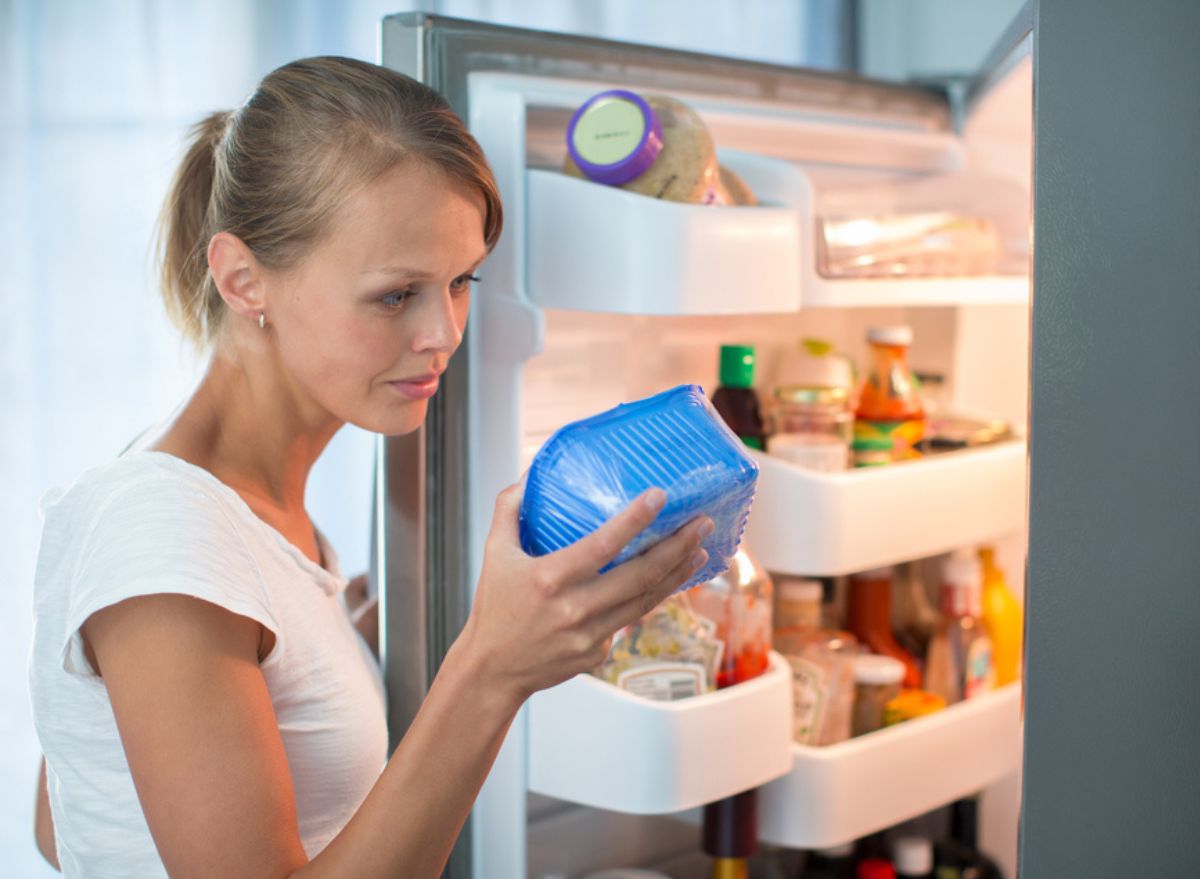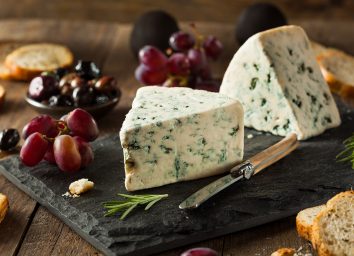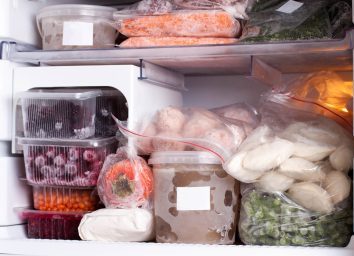Is It Safe To Eat Food After Its Expiration Date?

When was the last time you threw out food because it was "expired" before you could enjoy it? If you're like most Americans, it was today. Yep, the average U.S. citizen tosses almost a pound of food a day, according to a 2018 PLoS ONE study. But we've all been taught to think it's unsafe to eat expired food, right?
"Food waste drives me crazy even in my own household," says Bonnie Taub-Dix, RDN, a dietitian based in New York City, creator of BetterThanDieting.com, and the author of Read It Before You Eat It: Taking You from Label to Table. "I can't tell you how many times my kids have said, 'Is this still good?' about something that had an expiration date for that day! (And of course, they want me to taste it first.)"
Wondering what the answer is to the same question Taub-Dix's kids—and so many of us—ask? Same. So we turned to the experts to find out just how long you can (or should) eat food after its expiration date. But first, we should define exactly what an expiration date is.
What's the definition of an expiration date?
Here's some shocking but true news: those date claims are often regulated by no one but the food brands themselves. "The FDA does not require manufacturers to place expiration or use-by dates on food products except for infant formulas," says Deborah Kotz, press officer for the U.S. Food and Drug Administration. "Some state and local agencies require expiration dates on certain food labels, but most often, manufacturers voluntarily include expiration or use-by dates."
In fact, one Harvard researcher likened these non-regulated dates to "the Wild West." So what do these far-from-scientific terms truly mean? Here's a debrief from the USDA Food Safety and Inspection Service:
- Best by: For consumers; a sign of when flavor or quality is at its peak. This has no relation to food safety.
- Sell by: For the store; a sign for how long to keep a product on shelves. This has no relation to food safety.
- Use by: For consumers; a sign of when to use a product by for the best quality. This has no relation to food safety.
Notice a theme?
Confusion over these dates causes a whopping 90 percent of Americans to trash perfectly safe food, says a Food Marketing Institute survey. Common culprits include soup, eggs, dairy products, cereal, and bread. (Speaking of bread, have you read about the best place to store it?)
So, is it safe to eat expired food?
Because there is no clear-cut definition of an expiration date, New York City-based dietitian, Brooke Alpert, RD, author of The Diet Detox, explains that you can trust your instincts: "A good rule of thumb to follow is to use your senses; if something smells, feels, tastes, or looks bad, it probably is," says Alpert. "If you are not sure, always err on the side of caution to avoid foodborne illness."
Taub-Dix chimes in to explain that storage techniques are key when it comes to extending the shelf-life of your food. "If a product is stored properly, it should last beyond the date listed on the package. There is so much food waste in this country—it's sad how much good food gets thrown in the trash," she says.
How to extend a food's lifespan
"There's new legislation being proposed that will create nationwide rules for labeling food, clearing up the confusion between a date that might mean the food may not be at its optimal quality (tastewise) versus the date that means a product is unsafe to eat," Taub-Dix says.
Try the USDA's Foodkeeper App to max out the lifespan of your groceries, stock their food safety and storage charts in your kitchen, and keep these five pointers from Alpert in mind:
- "Keep prepackaged items and canned goods in cool dry storage, and their average shelf life is six months to one year."
- "Buy fresh goods like produce and dairy in smaller quantities on a more regular basis, such as weekly, so you can use them up faster to avoid spoilage."
- "Meal plan to minimize food waste. That way, you'll buy only what you need for the meals you are going to prepare."
- "Purchase frozen fruits and veggies to avoid throwing away produce that goes bad before you are able to use it."
- "Stock your pantry with healthy dried products like quinoa, black rice, dried lentils, and low-sodium beans so you have meal staples on-hand whenever you need them."
Savvy scientists continue to search for a better strategy to indicate food safety dates in a way that doesn't confuse consumers or lead to excess waste. A handful of brands in the U.K., including dairy company Arla Foods, are testing out a new sticker label called Mimica Touch. It goes from smooth to bumpy in the presence of product or temperature alterations that signal actual expiration. Until these technologies move Stateside, remind yourself of the food safety guidelines and stick with the tried-and-true smell test.









